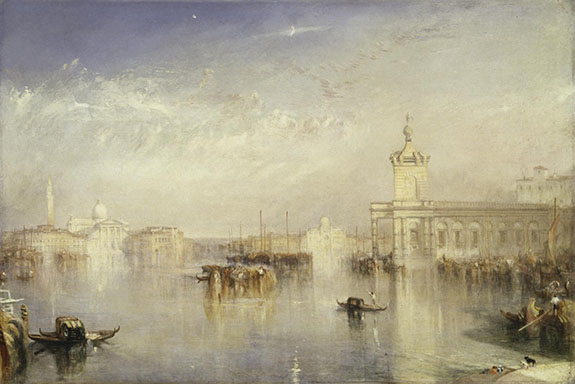 |
 |
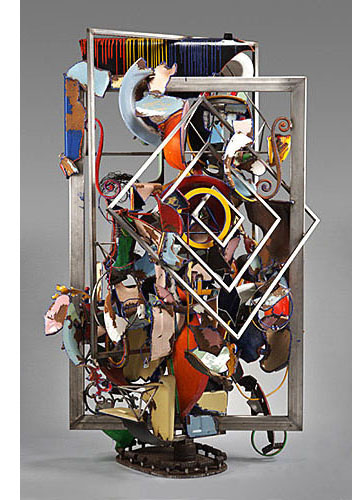 |
(1).jpg) |
saturated colors, large geometric and free-form shapes, and teetering hand-built webs that make for dense layers of space. These constructions reference urban development, airport terminals, maps, architectural scaffolding and system collapse. The seven paintings on view took us to the brink via upended tectonic plates through which we can see the tenuous remains of houses and buildings — contingent forms that barely keep chaos at bay.”
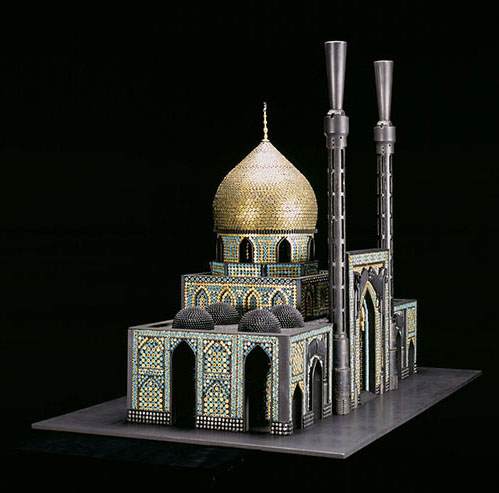 |
.jpg) |
 |
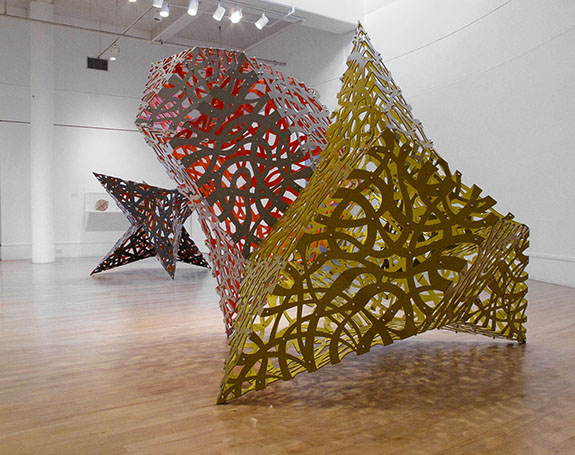 |
.jpg) |
.jpg) |
long been an icon within the overlapping realms of West Coast Minimalism and the Light and Space movement. This tidy but powerful show demonstrated the myriad methods by which DeLap successfully minds — and mines — the gap between reality and perception.
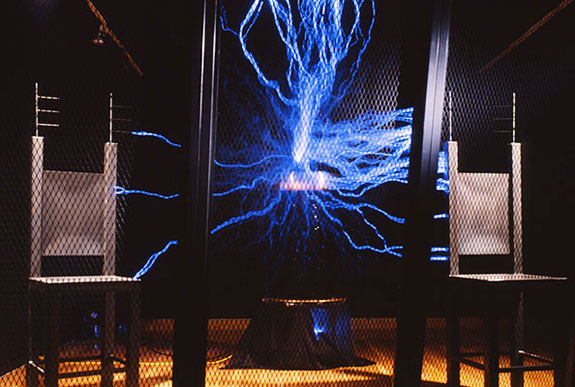 |
.jpg) |
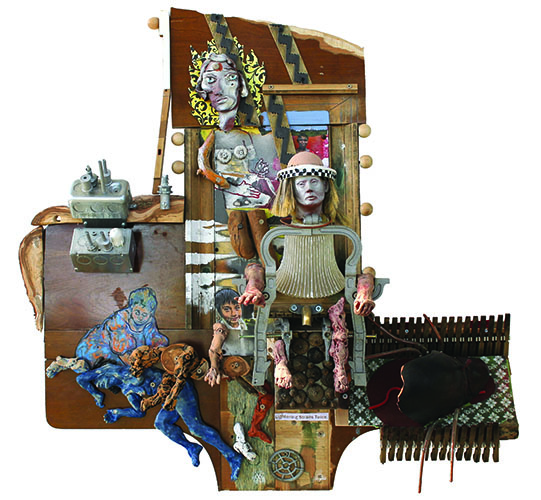 |
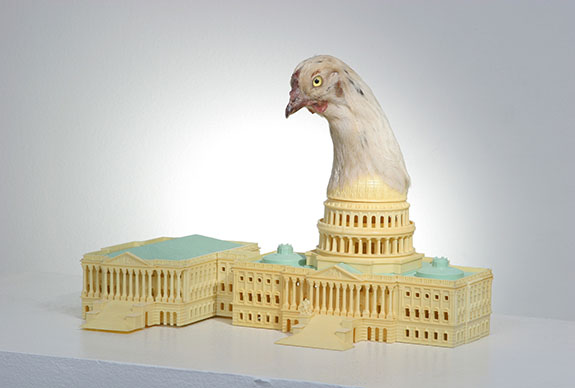 |
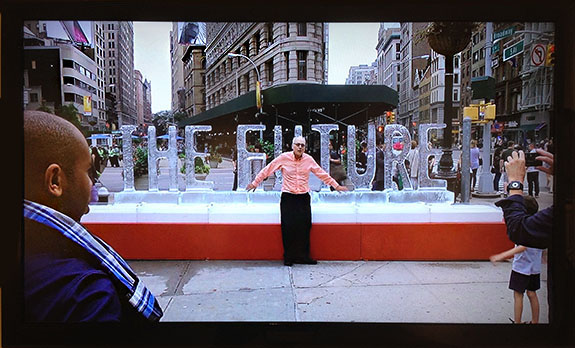 |
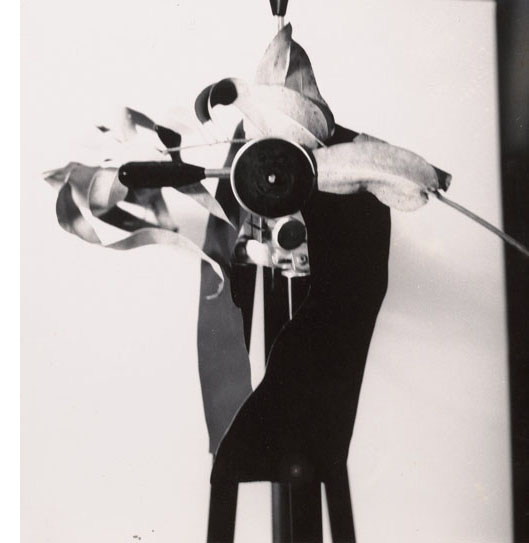 |
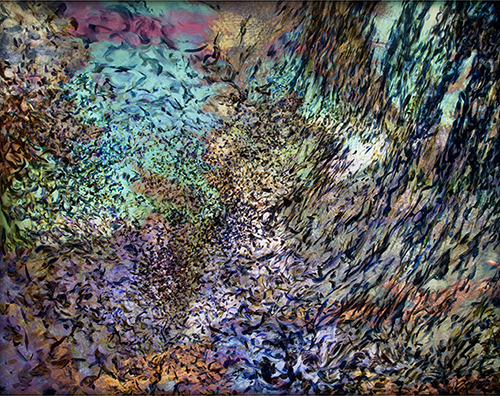 |
 |
look, then, is to experience that compact being broken and to entertain the idea that a painting might be a living, animate thing.
 |
With their allusions to antiquity and corroding human forms, De Staebler’s iconic sculptures powerfully activated the secluded grounds of the Villa Montalvo Arts Center, an Italianate villa and public park nestled into the base of the Santa Cruz Mountains in Saratoga,” wrote Julia Couzens. “Whether stationed on the villa’s lawns, its great veranda, or in the beckoning gardens, the settings for these five life-sized bronze sculptures were perfect.”
# # # #
 |
Like what you read on Squarecylinder? There's a way to support it. Donate!